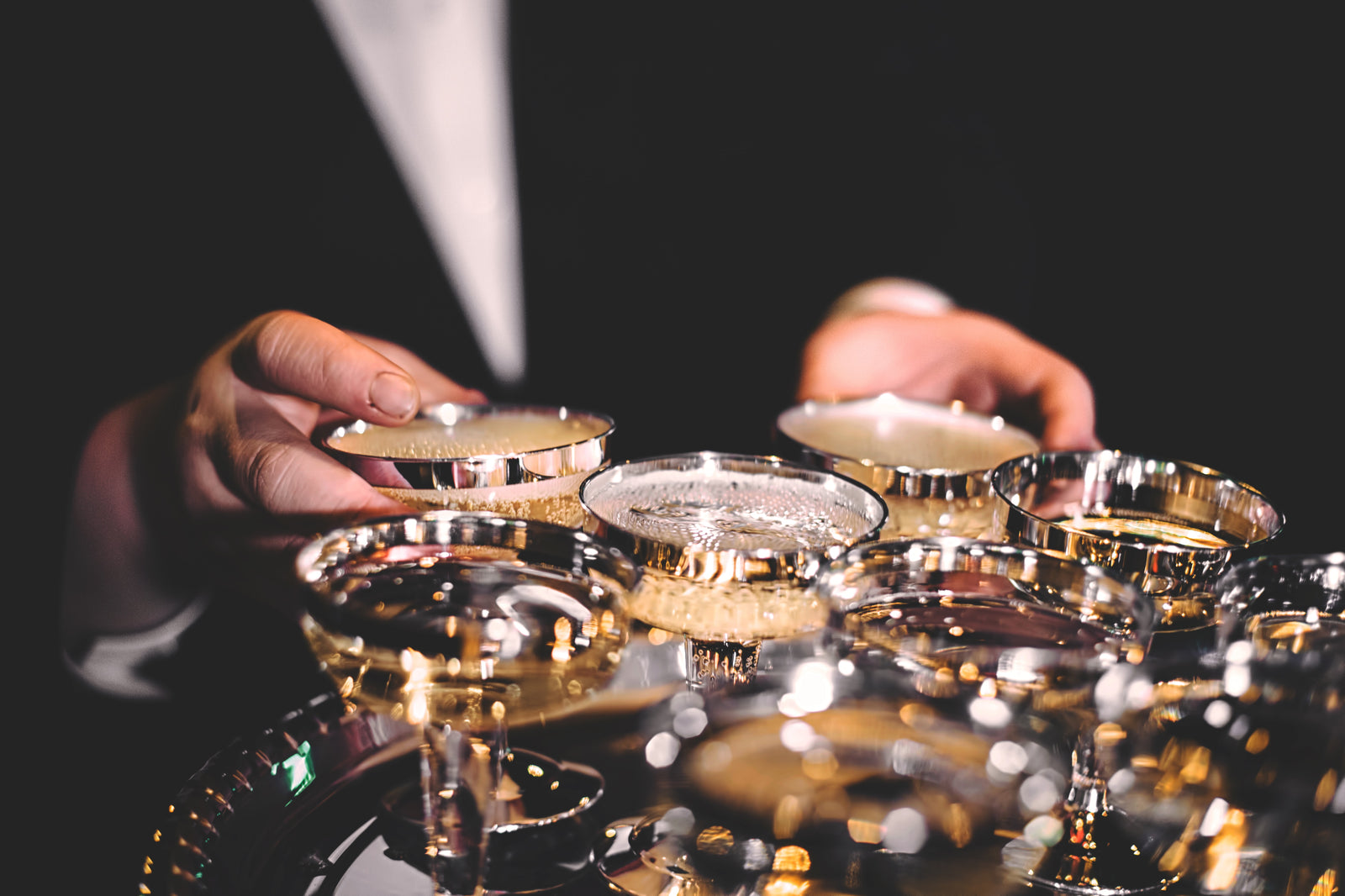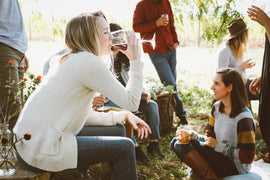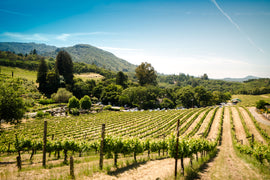Our fall Champagne Club features two wineries that have made significant contributions to the history of Champagne, and who are paving the way for a bright future for the next generation.
The first Champagne we’ve selected comes from the Academy Viticampus in Avize, a Champagne school that has trained 85% of Champagne producers since its reopening in the 1950s. The wine growers learning their trade at the school are taught the techniques and know how required to produce Champagne, and innovation is very much encouraged. The grapes they use are often from Grand Cru villages and enable stunning Champagnes to be produced.
Our other Champagne producer also has an important place on the timeline of Champagne’s history. In the 1960s, Maison Leclerc Briant was one of the first Champagne houses to begin employing organic and biodynamic viticulture The vineyard estate includes one tiny plot, called La Croisette, right in the heart of Epernay.
Both producers have an immense respect for their work, a commitment to upholding the legacy of those who came before them, and are devoted to giving the next generation the tools they need to make their own history.
Champagne Sanger Terroir Natal Blanc de Blancs
About the Winery: The Sanger Terroir Natal Blanc de Blancs Champagne is made by the Academy Viticampus in Avize, a Champagne school where 85% of Champagne producers have trained since its re-opening in the 1950s. The school originated in 1919, but in the Nazi raids of WW2, students were forced to evacuate and the school was closed. Years and years later, those students came back and reopened the school, as teachers this time, and carried on the tradition. As a nod to their history, they named the school Sans Guerre, or Sanger, meaning “without war.”
About the Winemaking: The vines for the Sanger Terroir Natal Blanc de Blancs Grand Cru Champagne are 55 years old, grown on chalky soil, and trained according to the Guyot method. The grapes are hand harvested, and then in the cellar the wine spends 40 months sitting on its lees, lending the wine a rich creamy texture. 20% of the wine is prevented from undergoing malolactic fermentation in order to maintain acidity. Only 6g of sugar is added in dosage.
Tasting Notes: 100% Chardonnay. The Sanger Terroir Natal Blanc de Blancs Grand Cru pours a pale gold color with green reflections. On the nose, the wine is evocative of panettone with dried fruits. On the palate, the wine has a luxurious, rich mouthfeel due to extended lees aging. Flavors of brioche, baked apples and pears, and almonds coat the palate, while bright mouthwatering acidity gives the wine incredible balance and elegance.
Suggested Food Pairing: Scallops, Risotto with Saffron and Parmesan, Sweetbreads in a white wine reduction
Champagne Leclerc Rose Brut
About the Winery: Leclerc Briant was one of the first growers to employ organic practices in the 1960s and was the first to pioneer the concept of single vineyard Champagne in the 1970s. Pascal Leclerc carries the torch as the 5th generation vigneron of the estate. In 1988, Pascal began practicing biodynamic in the vineyard, and in 2003 he became Demeter certified.
About the Winemaking: The vines for the Leclerc vineyard are 30 years old and sit on calcareous and clay soil. The vineyard has never been sprayed by any pesticides or herbicides in its history. In the cellar, malolactic fermentation is allowed to happen naturally, and sulfite levels are kept between 20 to 30 milligrams per liter. The wine is vinified in stainless steel tanks, with a small amount of Pinot Noir in oak barrels. The wine is aged on its lees for 3 years, giving the finished product a textural richness. Dosage is kept to 3gs and the wine is unfined and unfiltered.
Tasting Notes: The Leclerc Rose Brut is made from 95% Chardonnay from Chouilly and Montgueux and 5% Pinot Noir from Les Riceys in the Aube. The Chardonnay provides a vibrant acidity while the small amount of Pinot Noir lends the wine a delicate pale melon hue. On the nose, the wine has a vegetal quality, with notes of bell pepper and even jalapeño. On the palate, the wine is dry but fruity. Elegant pink grapefruit and rhubarb flavors are complemented by the wine’s mineral backbone.
Food Pairing: Shrimp Louie, Dungeness Crab





